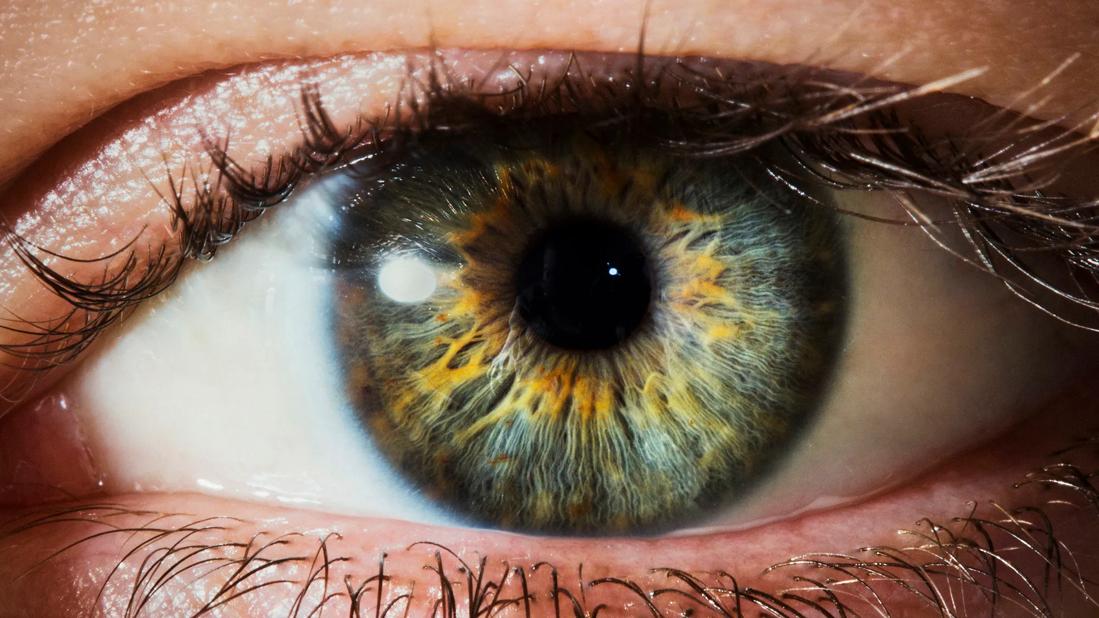It takes millions of moving parts within the eye to make the power of vision possible

If you’re looking at these words right now, your eyes are doing far more than you can even imagine processing what you see.
Advertisement
Cleveland Clinic is a non-profit academic medical center. Advertising on our site helps support our mission. We do not endorse non-Cleveland Clinic products or services. Policy
That’s because it takes millions of moving parts working together in your eyes to make vision possible. Given all that they do, these sensory organs qualify as an engineering and biological marvel.
To get a clear 20/20 view of just how special eyes are, take a peek at these 20 facts from ophthalmologist Allison Babiuch, MD.
Advertisement
Pretty cool stuff, huh? Clearly, a lot is happening in your eyes at any given moment. That’s why it’s important to make sure they stay healthy — and a big part of that involves getting regular vision checkups, says Dr. Babiuch.
It’s generally recommended that children get their vision screened and adults get a comprehensive eye exam every year or two. Visits should be more frequent if you use corrective lenses or are at a higher risk of eye disease.
Schedule an appointment if you suddenly feel like you’re not seeing as well, too.
“It’s amazing what our eyes are capable of doing,” says Dr. Babiuch, “but that doesn’t mean they don’t need your help to stay healthy.”
Advertisement
Learn more about our editorial process.
Advertisement

Once your baby’s eyes are exposed to more light, they may start to deepen in hue or change color altogether, usually between 3 and 9 months

A diet built around fruits, vegetables and healthy fats is a clear 20/20 benefit for your vision

Cosmetic procedures such as iris implants and corneal tattooing bring a risk of vision loss

If your eyes suddenly take on a different color, it could be a sign of a medical concern

Act quickly when a chemical or object gets in your eye

Be sure to protect your eyes from UV light and hazardous materials

To avoid swimmer’s eye, wear goggles, use eye drops and flush out your eyes with fresh, clean water when irritated

The differences are few, but ophthalmologists can perform eye surgeries and more complex procedures

Babies can get congested easily, but you can calm their cough by keeping them hydrated, using nasal drops and running a humidifier

Weight loss may cause loose, sagging skin and muscle loss to your rear

Several conditions, like vitiligo and fungal infection, can cause a loss of pigmentation, leading to white spots or patches on your skin